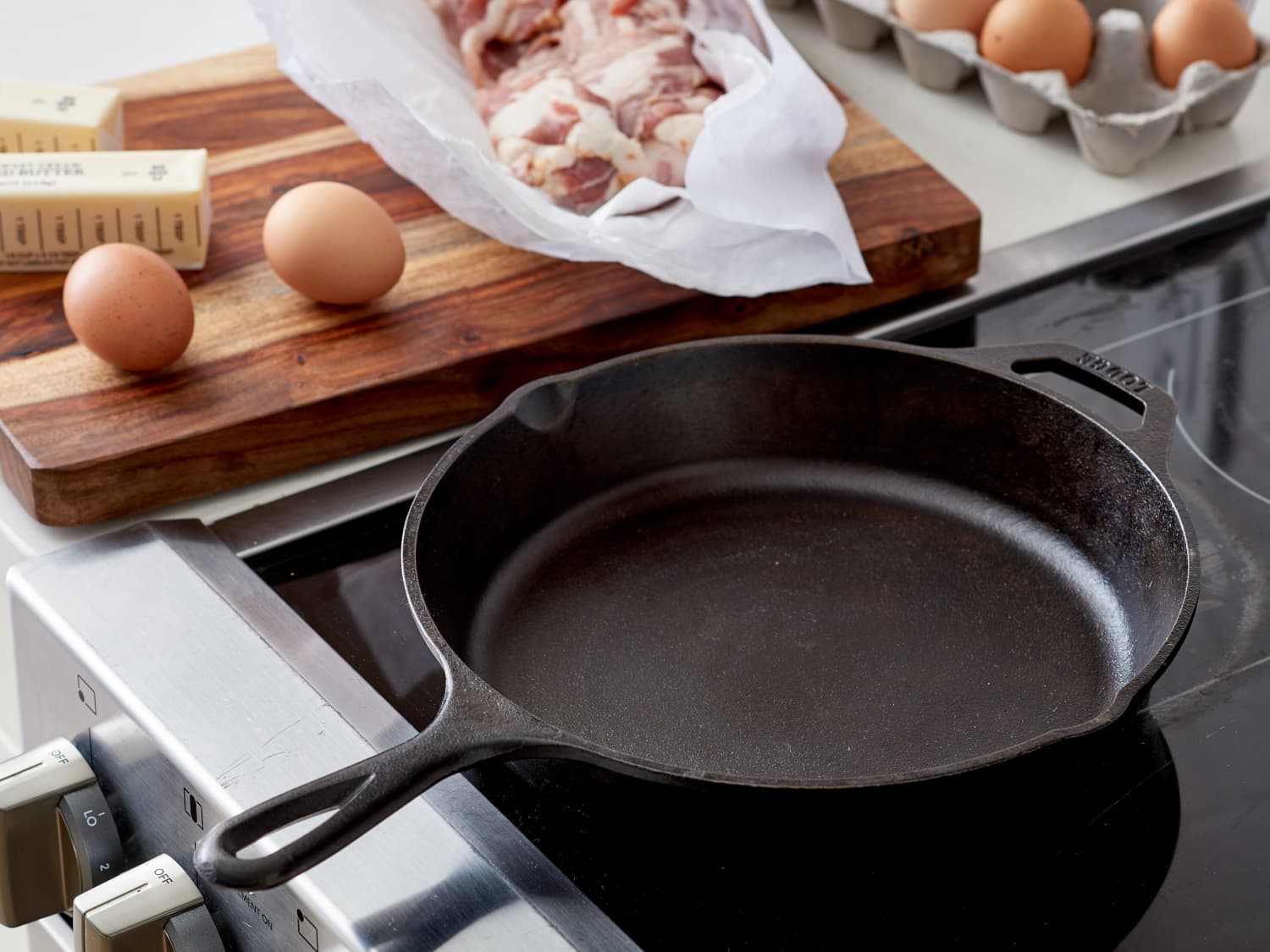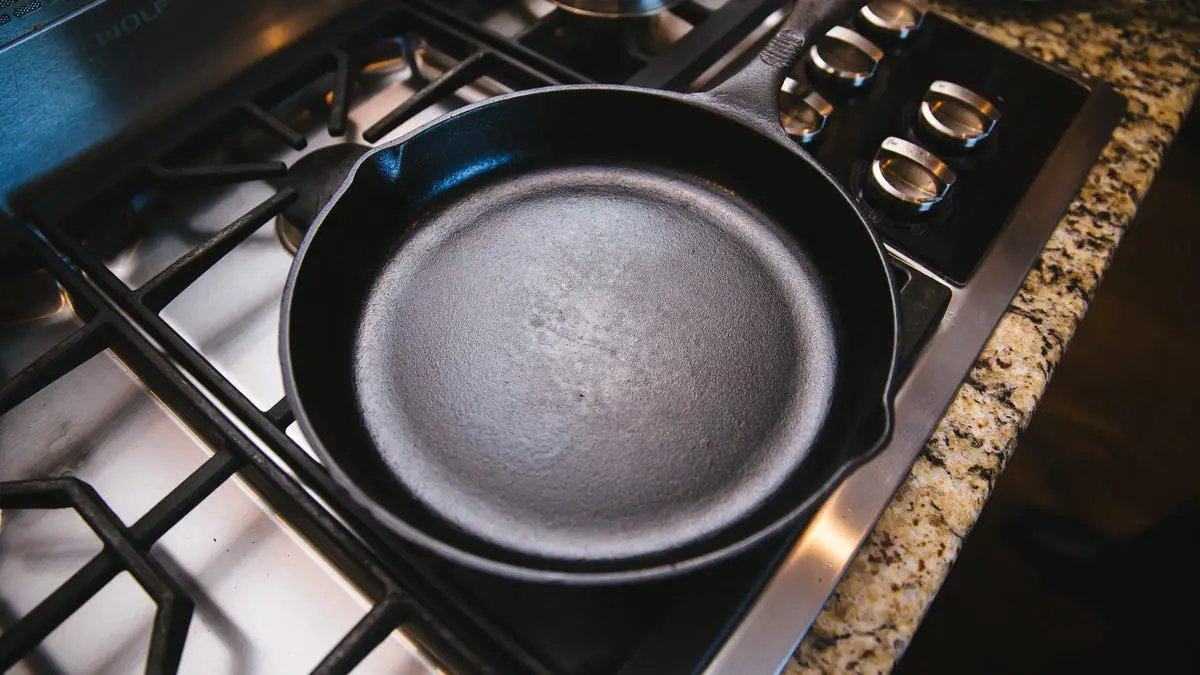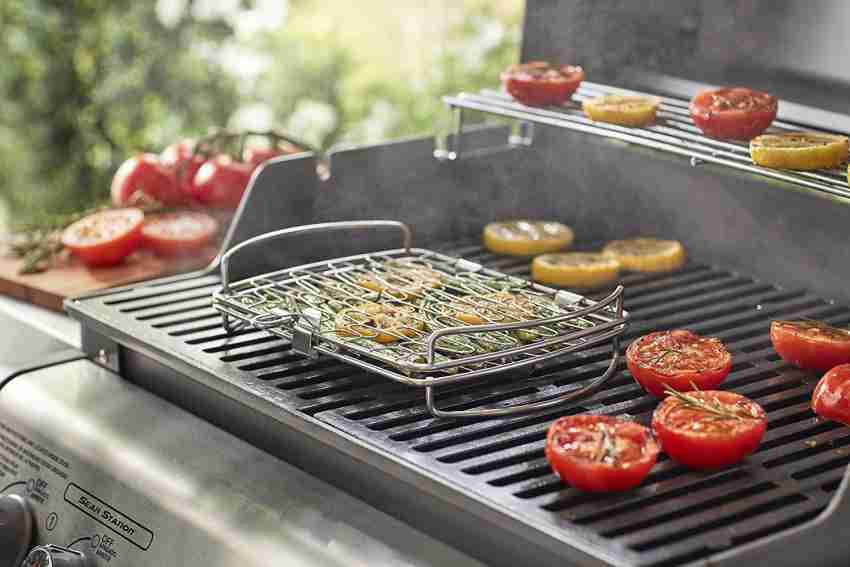Cooking fish can often seem challenging, especially when it comes to keeping it from sticking to your cookware. If you're a culinary enthusiast, you understand how using the right approach can lead to a beautifully seared, crispy skin while keeping the fish juicy and flavorful. In this article, we'll explore how to cook fish in a cast iron skillet without sticking, providing essential tips and techniques that will help you hone this skill.
From selecting the best type of fish to mastering various heat settings, we're here to equip you with valuable insights that will enhance your cooking repertoire. Perfecting the technique of cooking fish in a cast iron skillet can be one of the most rewarding skills you'll gain in your kitchen. Lets dive into the secrets of cooking fish flawlessly!
:max_bytes(150000):strip_icc()/How-to-Season-Cast-Iron-Skillet-3x2-1-bcd280f1703e47e0a59bb62e86a0d53a.png)
Choosing the Right Fish for Cooking
The first step toward a successful cooking experience is choosing the right type of fish. Fatty fish, like salmon and trout, are generally easier to cook in cast iron skillets because their higher oil content creates a natural barrier against sticking. Conversely, lean fish such as tilapia or cod may need special attention to prevent them from adhering to the skillet.
When choosing your fish, consider the following:
- Freshness: Always select the freshest fish available. Look for vibrant eyes, firm flesh, and a clean sea aroma.
- Skin-on vs. Skinless: Cooking fish with the skin on adds flavor and helps protect the flesh. If you prefer it skinless, proper oiling and temperature management are essential to avoid sticking.
- Thickness: Thicker fillets cook more uniformly. Aim for at least one inch thick to prevent overcooking.
Preparing the Cast Iron Skillet
The next vital aspect of how to cook fish in a cast iron skillet without sticking lies in the preparation of the skillet itself. A well-seasoned cast iron skillet not only enhances the flavor of your dish but also creates a non-stick cooking surface.
Follow this guide for preparing your skillet:
- Seasoning: Before using your cast iron skillet, ensure it's seasoned properly. To season, coat the skillet with oil and bake it at a high temperature to form a natural non-stick layer.
- Preheating: Always preheat your skillet before adding fish. A hot skillet ensures a good sear and minimizes stickingopt for medium-high heat.
- Oil Choice: Choose oils with high smoke points, like canola, grapeseed, or avocado oil. These oils remain stable during cooking and complement the fish's flavor.
The Cooking Technique
Once you've prepared your ingredients and tools, it's time to dive into the cooking process. Follow these steps for an effective, stick-free fish cooking experience:
- Drying the Fish: Pat your fish dry with paper towels to prevent moisture from causing sticking or hindering browning.
- Apply Oil: Generously drizzle your oil of choice onto the skillet before placing the fishthis is a standard practice in professional kitchens.
- Minimal Movement: Once the fish is in the skillet, resist the urge to flip or move it too soon. Let it cook undisturbed for several minutes until the edges start to lift and you observe a color change.
- Turning with Care: Gently flip the fish with a fish spatula to prevent tearing and retain the skin.
Finishing Touches
Once cooked, consider these finishing touches that can elevate your dish:
- Resting Time: Allow the fish to rest for a few minutes before serving; this helps retain flavor and moisture.
- Accompaniments: Pair your fish with sides like sauted vegetables or grains for an enhanced presentation.
- Saucing: A light drizzle of flavored oil or sauce can add depth to your dish without overpowering the delicate fish flavors.
Cleaning and Maintaining Your Cast Iron Skillet
After cooking, it's crucial to clean and maintain your cast iron skillet for longevity and optimal cooking performance:
- Cleaning Methods: Avoid soap; instead, rinse with hot water and use a scrub brush. For stubborn food residues, coarse salt can serve as a natural abrasive.
- Drying Immediately: Thoroughly dry the skillet after washing to avoid rust. Briefly place it on low heat to eliminate any remaining moisture.
- Re-oiling: Occasionally re-oiling your skillet helps maintain the seasoning and provides a fresh cooking surface for future use.

FAQs
What types of fish are best for cast iron cooking?
Fatty fish like salmon and trout are ideal due to their oil content, while lean fish necessitate more attention to avoid sticking.
Why is my fish sticking to the skillet?
Fish tends to stick for several reasons, including not preheating the skillet adequately, using insufficient oil, or cooking cold fish straight from the refrigerator.
How do I know when the fish is done cooking?
The fish is done when it flakes easily with a fork and reaches an internal temperature of 145F.
As an Amazon Associate, I earn from qualifying purchases.
For more excellent skillet recipes, check out Skillet Recipes.
For additional recipes, consider trying How to Cook Salmon, or explore Egg Cooking Tips. You might also enjoy learning about Steak Cooking Temperatures or Grilling Squid.
Mastering how to cook fish in a cast iron skillet without sticking enhances your culinary skills and guarantees delicious outcomes. Embrace these techniques, and let your cooking talents shine!




Leave a comment
This site is protected by hCaptcha and the hCaptcha Privacy Policy and Terms of Service apply.